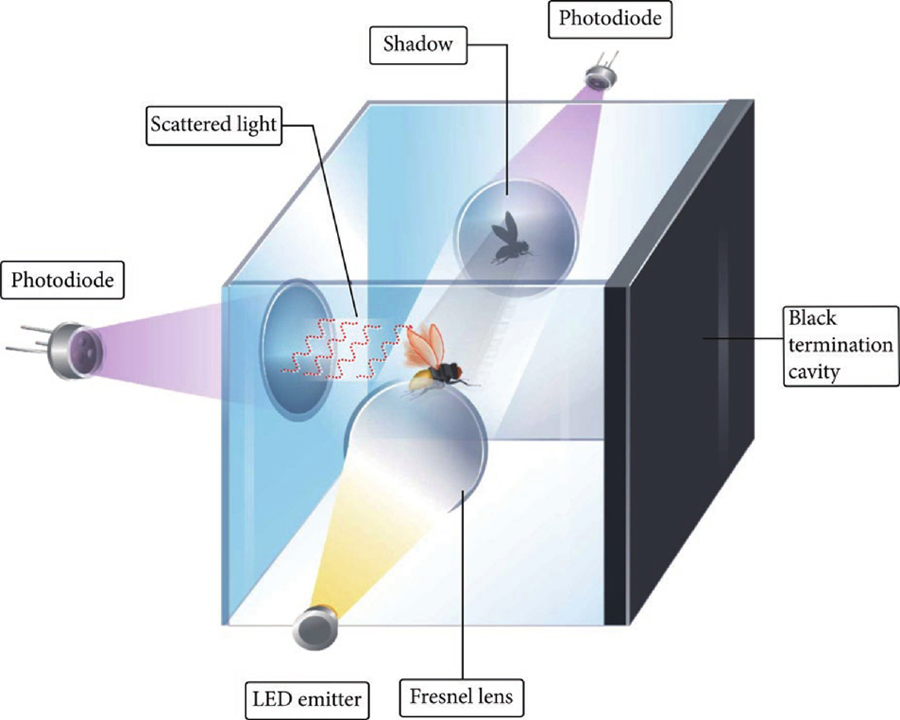[13] V Rossi, S Giosuè, T Caffi. Modelling plant diseases for decision making in crop protection. Precision Crop Protection - the Challenge and Use of Heterogeneity. Dordrecht: Springer Netherlands, 241(2010).
[56] A S Nezhad. Future of portable devices for plant pathogen diagnosis. Lab Chip, 14, 2887(2014).




